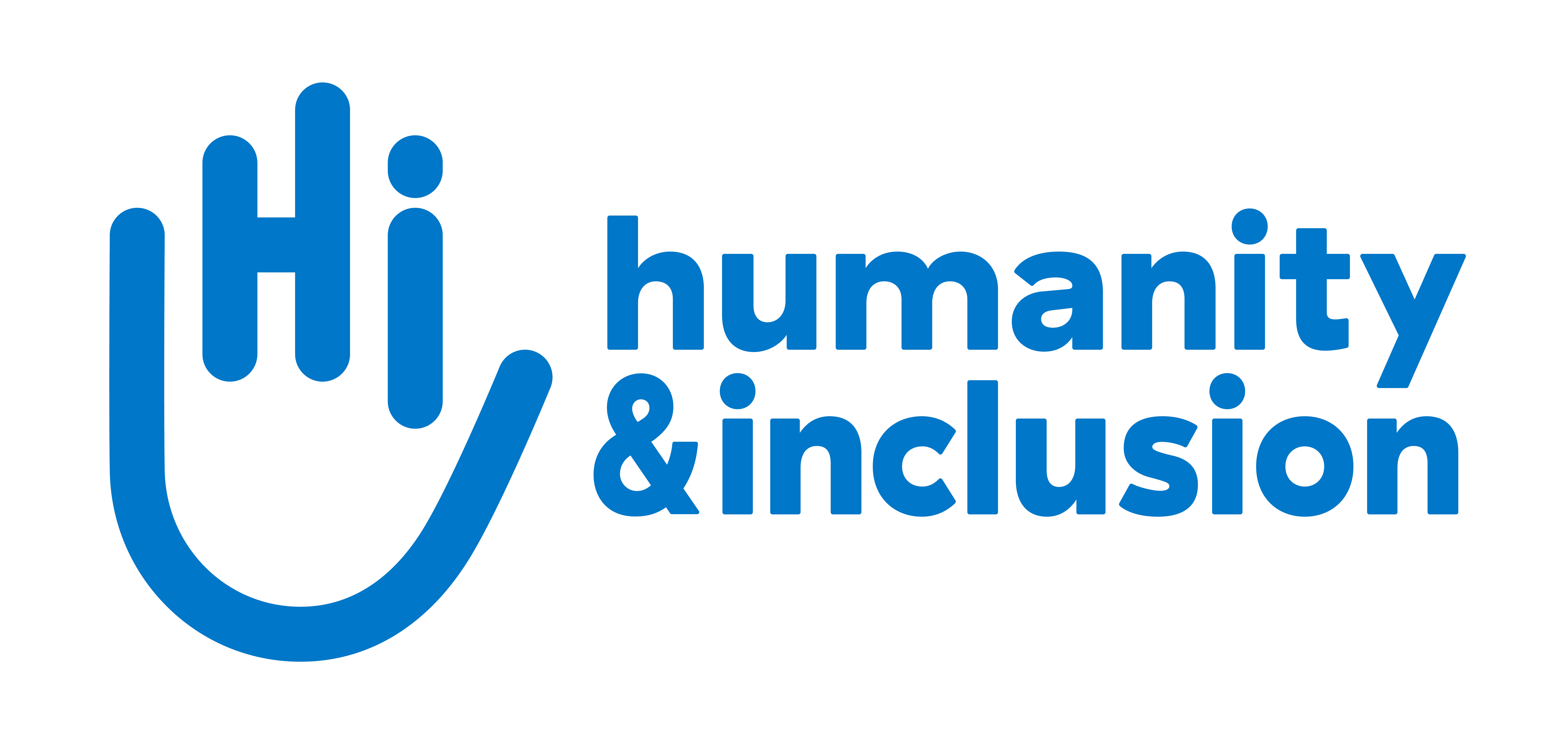Tropical storm Melissa hits the Caribbean with full force
In Haiti and Cuba, where HI teams are based, the damage is considerable. There are fears that humanitarian needs will skyrocket.

Archive image: destruction following Hurricane Matthew in Haiti, 2016. | © B. Almeras / HI
Destruction and flooding
After hitting Jamaica on Tuesday 28 October, Melissa continued on to Cuba and is now heading towards the Bahamas. In eastern Cuba, a region hit by winds of nearly 190 km/h on Wednesday night, the authorities evacuated nearly 735,000 people as a precautionary measure.
“The hurricane has passed and it has been catastrophic – the hurricane winds, heavy rains, and floods. There are still tropical storm winds. There is not a single tree left,” says Clara Batista, president of ACPDI, the association of people with intellectual disabilities, in Santiago de Cuba.
In Haiti, which was not directly affected by the storm but experienced heavy rainfall, a provisional death toll stands at least 20. Searches are continuing actively in Haiti to find several people who are missing. Melissa's passage was accompanied by heavy rains that caused rivers to burst their banks, flooding and landslides.
"It hasn't stopped raining for the last few days and everything is flooded. In the sites for displaced people in the capital, Port-au-Prince, where HI is working, the roads and ground are waterlogged. The tents are flooded and the inhabitants are standing ankle-deep in water," explains Cédric Piriou, HI's Country Director in Haiti.
Serious humanitarian consequences expected
The storm has left a trail of devastation in its wake: homes, roads, public infrastructure, businesses... The damage is extensive and many families have suffered losses: flooded crops, destroyed homes, lost possessions...
The number of homeless people is likely to increase significantly in the coming days. Similarly, the condition of the roads, which are damaged or blocked by debris thrown up by the strong winds, is likely to slow down the delivery of aid to the various affected regions and lead to a shortage of basic necessities (food, blankets and tents, hygiene products, petrol, etc.).
Furthermore, flooding and a lack of drinking water expose populations to health risks, particularly an increase in waterborne diseases such as cholera. This is particularly true in Haiti, which has been facing a resurgence of the disease in recent years.
HI teams, present in Cuba since 1998 and in Haiti since 2008, are closely monitoring the situation and the assessment of humanitarian needs.





